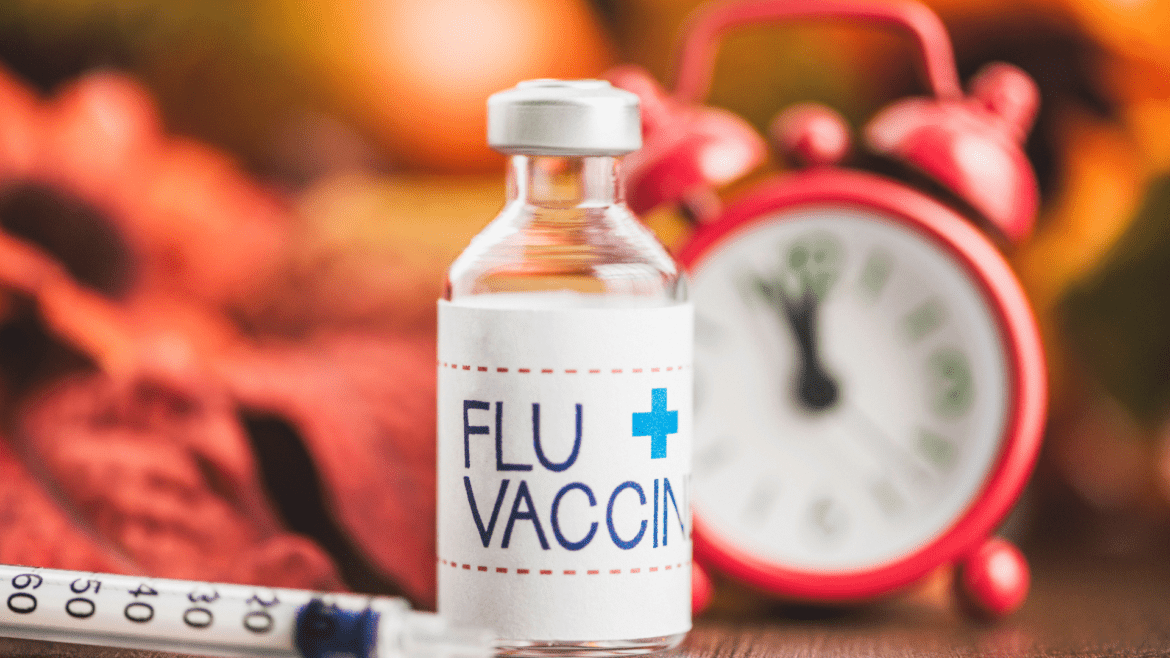Fighting Seasonal Infections: Strategies for a Healthy Fall Season
Introduction
As the leaves change color and temperatures drop, the arrival of fall brings with it not only cozy sweaters and pumpkin spice lattes but also the risk of cold and flu. The transition from warm to cooler weather can weaken our immune defenses, making us susceptible to seasonal illnesses. However, by adopting proactive measures, you can stay ahead of the curve and minimize your risk of catching a cold or the flu during the fall season. This article offers practical tips and insights to help you stay healthy and enjoy the autumn season to the fullest.
Understanding the Fall Health Challenge
Fall’s unique set of circumstances can contribute to an increased risk of colds and flu:
- Viral Resurgence: Many respiratory viruses, including the flu, thrive in cooler, drier conditions, making fall a prime time for their resurgence.
- Indoor Crowding: Cooler temperatures drive people indoors, where they are in closer proximity, facilitating the spread of viruses.
- Weakened Immune Response: Seasonal changes can sometimes weaken our immune system, making it easier for viruses to gain a foothold.
Prevention Is Key
- Get Vaccinated: Annual flu vaccination is your best defense against the flu. Schedule your flu shot early in the season to ensure maximum protection.
- Hand Hygiene: Regular handwashing with soap and water for at least 20 seconds is a powerful way to prevent the spread of viruses.
- Boost Your Immunity: A well-balanced diet rich in fruits, vegetables, and lean proteins, along with regular exercise, can boost your immune system.
- Stay Hydrated: Adequate hydration helps maintain the mucous membranes that trap viruses, reducing your risk of infection.
- Adequate Rest: Prioritize sleep. A well-rested body is better equipped to fight off infections.
- Avoid Close Contact: Minimize close contact with people who are sick, and stay home if you’re unwell to prevent the spread of illness.
- Cover Coughs and Sneezes: Use a tissue or your elbow to cover your mouth and nose when coughing or sneezing.
- Disinfect High-Touch Surfaces: Regularly disinfect surfaces like doorknobs, light switches, and countertops.
- Use Face Masks: In crowded or indoor settings, wearing a mask can reduce the risk of respiratory virus transmission.
- Stay Informed: Keep abreast of local health advisories and follow recommended guidelines.
Fall-Friendly Diet
- Vitamin C: Citrus fruits, strawberries, and bell peppers are rich sources of vitamin C, which supports the immune system.
- Zinc: Foods like nuts, seeds, and whole grains provide zinc, which helps fight infections.
- Garlic: This aromatic herb has immune-boosting properties and can be a tasty addition to your fall recipes.
- Probiotics: Yogurt and kefir contain probiotics that support gut health, which is closely linked to immunity.
- Hydration: Warm herbal teas like chamomile and ginger can keep you hydrated while providing health benefits.
Conclusion
Fall is a beautiful season, but it also brings a heightened risk of colds and flu. By taking proactive steps to strengthen your immune system, practicing good hygiene, and staying informed about health guidelines, you can enjoy all that autumn has to offer while staying ahead of the curve and safeguarding your health. Remember, prevention is the key to a healthy, illness-free fall season.

